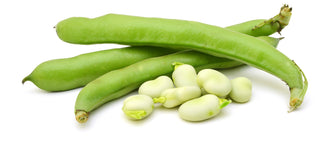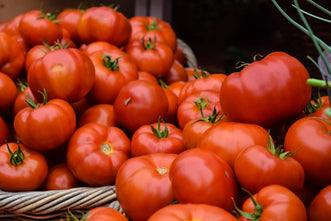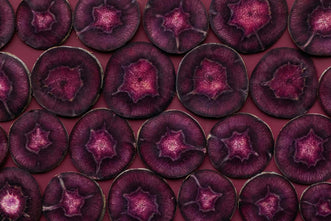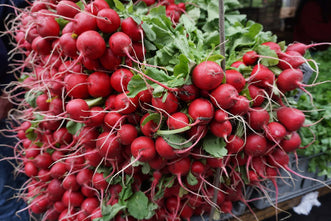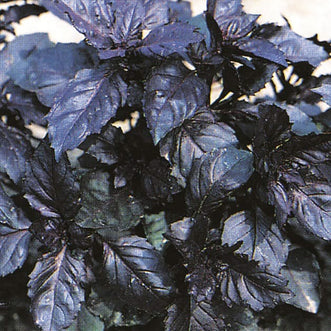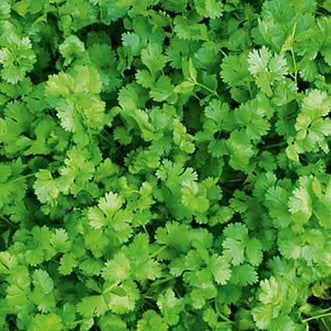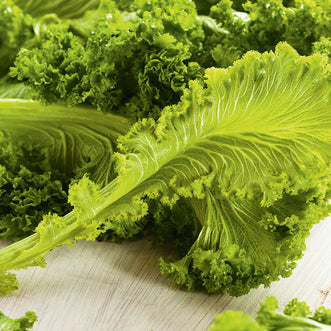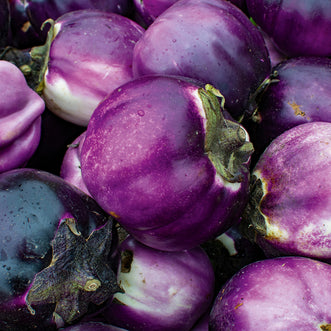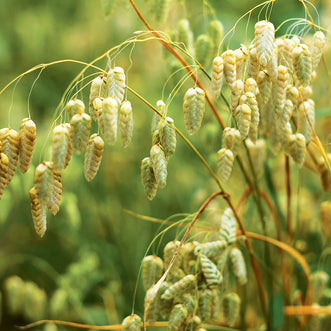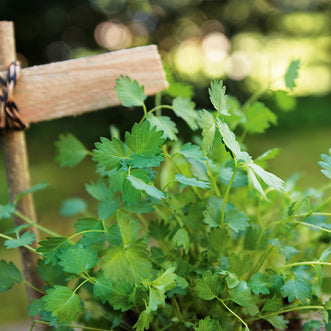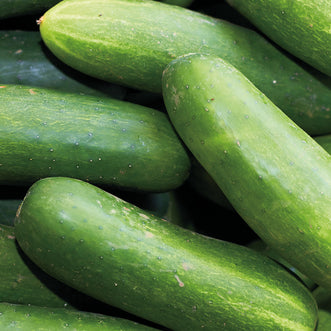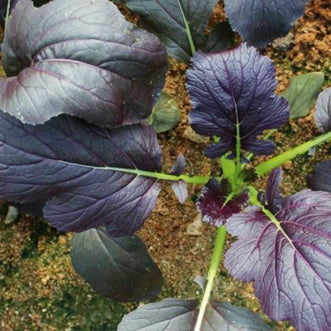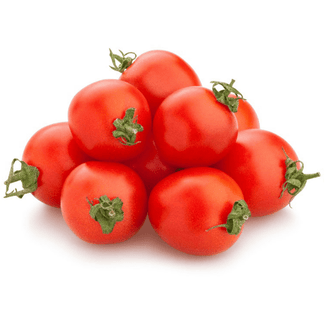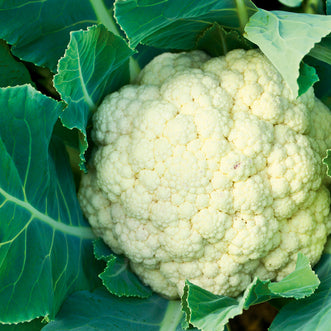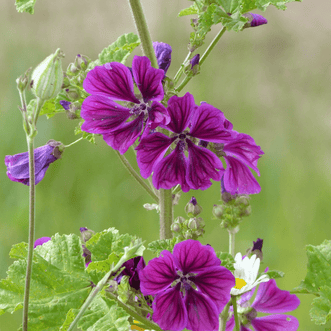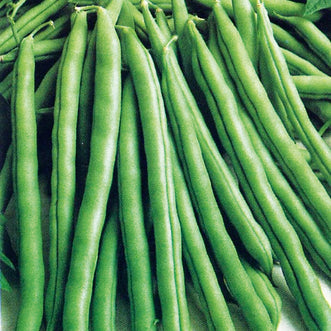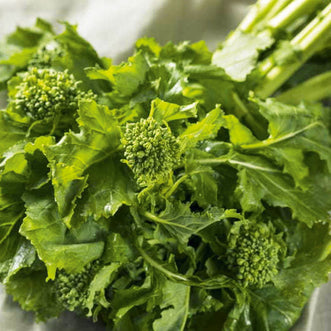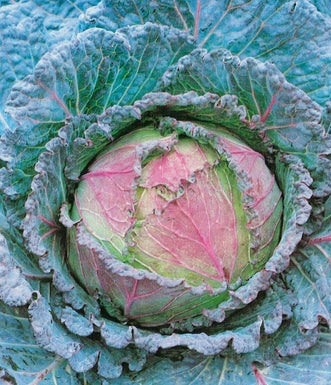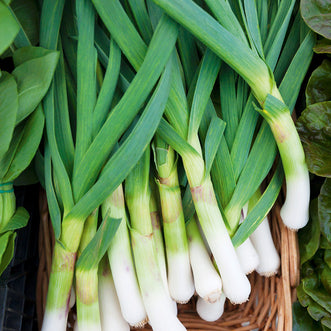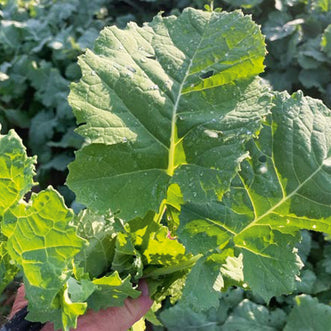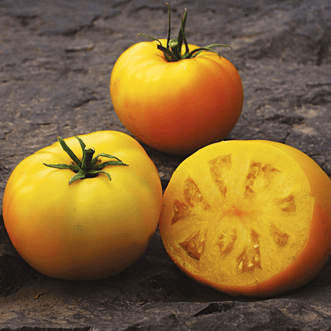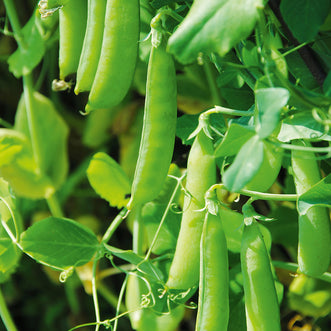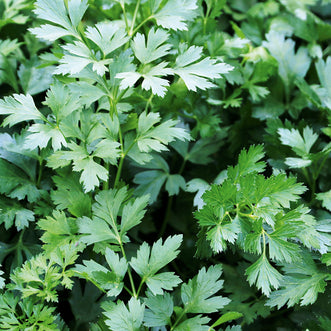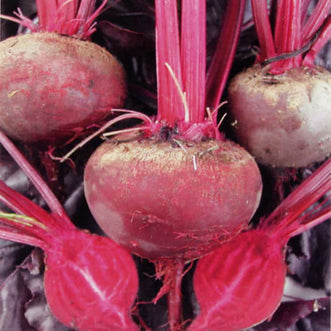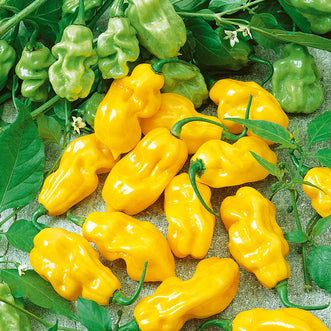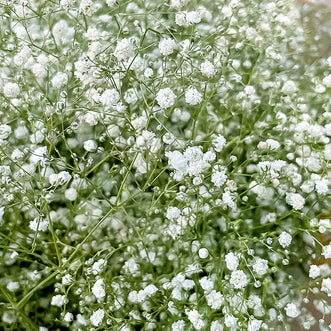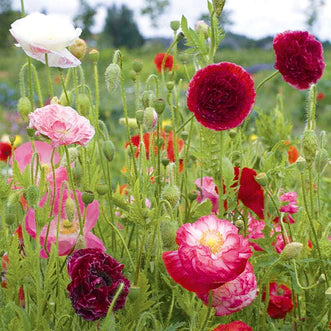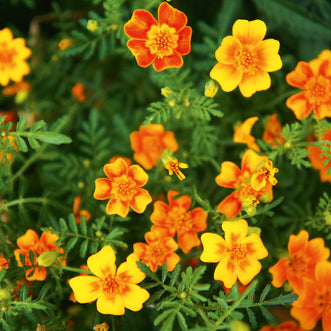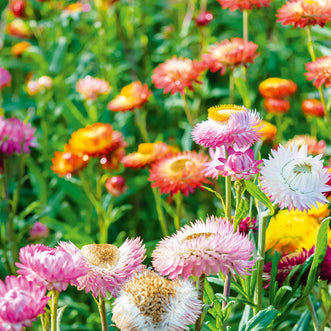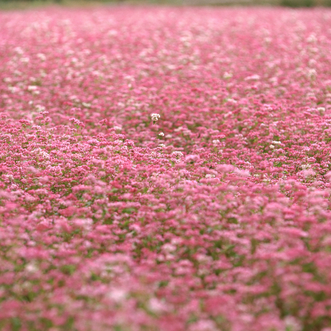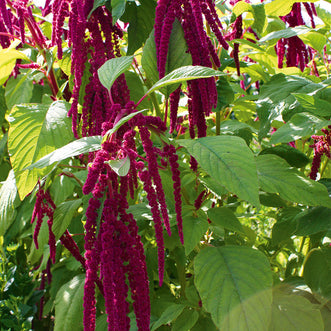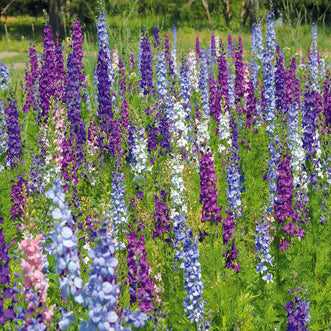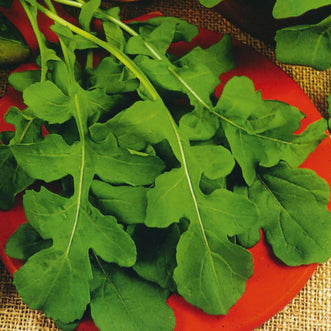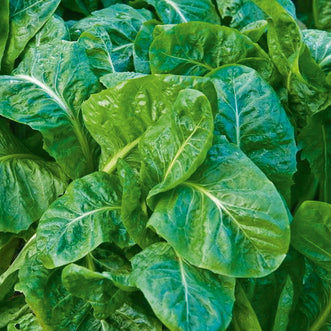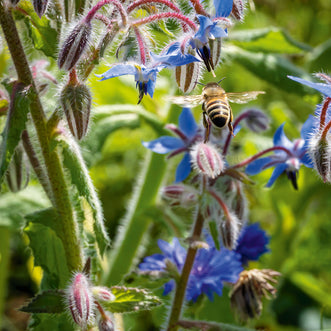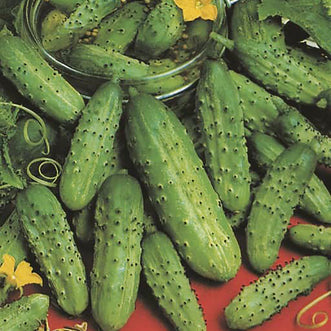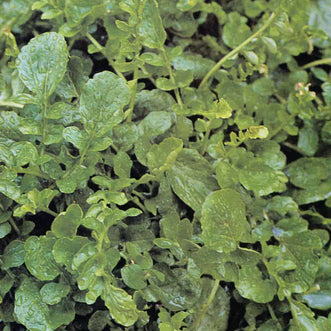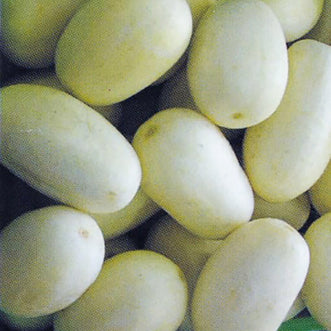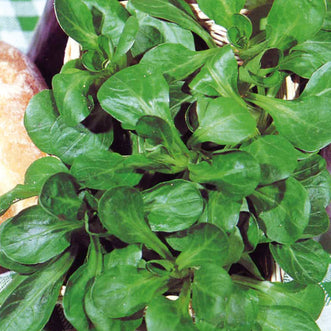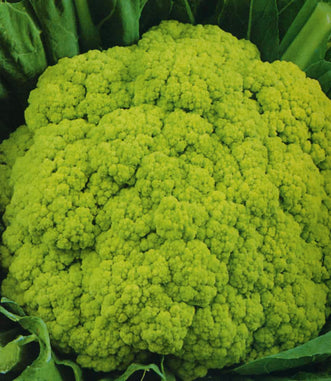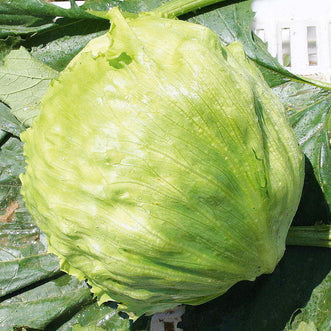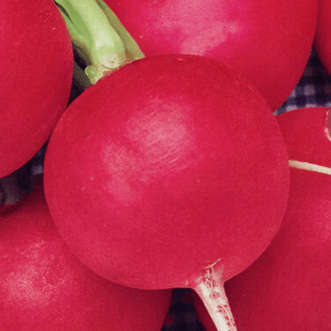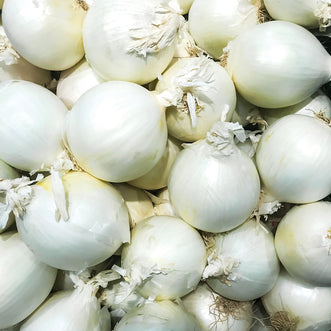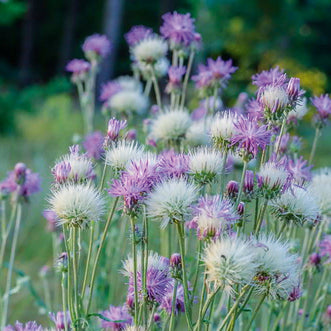Growing Giant Pumpkins
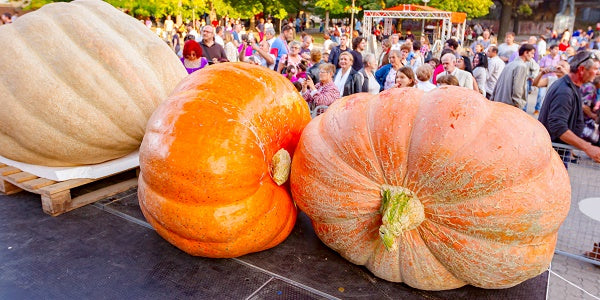
The world record for a giant pumpkin is currently held by Stefano Cutrupi from Italy with an incredible 1226 kg monstrosity. An equally impressive record is that held by Tim Harris, a dairy farmer from Morrinsville who holds the record for the biggest pumpkin in the Southern Hemisphere with a very impressive 844.5 kg!
The key to success is a combination of things. First and foremost is choosing the right variety of pumpkin and you really can't go past the Atlantic Giant,or to use its full name, Dill's Atlantic Giant named after its breeder, Howard Dill from Nova Scotia in Canada.
The next most important factor is choosing the site where it's to be grown and preparing that site to be the most fertile and giant pumpkin friendly it can be. Ideally the site will be level and accessible by a vehicle as if the pumpkin gets huge, you might need to lift and move it (maybe with a small crane) to a competition gathering somewhere else. The site will also have to be sunny with free draining soil and have shelter from any prevailing winds as well as a good water supply which is essential especially once the fruit has formed.
Consider putting up a rain and wind shelter to protect the plant as it grows - sunscald and wind can damage the plant allowing infection in before the fruit are mature.
Really keen growers will have been preparing their sites in the autumn months, digging them over a metre or more deep and filling them with well rotted compost, lawn clippings, fish frames, animal manure, old hay, sillage, seaweed and pretty much anything that will rot and break down. Adding a sprinkling of Lime through the layers of mulch is also beneficial as this neutralizes pH, encourages microbial life and makes all the nutrients more readily available to the plants. Pile the compost high above ground level and let it sink down and rot. Capping it with a layer of topsoil will help it decompose.
If autumn preparation isn’t an option and you need to do something within a shorter time frame, it's not too late - still dig a big deep hole and fill it with whatever compostable items you have at hand and don’t forget the Lime. Dolomite or Hydrated Lime is preferable as it works faster than agricultural grade Lime but any is better than none. Dolomite has the advantage of containing Magnesium which is important for plant cell health and disease resistance.
Giant Pumpkin seed needs higher temperatures than other cucurbits (Cucumbers and Zucchinis) to germinate and sowing them a bit later still gives you plenty of time to fully ripen fruit. Warmer day and night temperatures encourage plants to grow quicker and they will catch up to earlier sowings. The beginning of October is a good time to be sowing giant pumpkin seed in most areas with the intention of transplanting them out at Labour weekend or just after. If you suspect you might get late frosts then don’t put your seedling plants out too early. But if you do, be prepared to use some sort of overnight cover, like a cardboard box, to keep the chill off.
It’s a good idea to put several seedlings in at the same site and thin out the weakest one when the strongest grower becomes apparent. You’re really only going to want to keep the first or second fruit that forms closest to the base of the plant, this is the fruit that will get the biggest as it's closest to the food and water source of the main root. If they’re growing closely together, don’t disturb the roots of the stronger one by pulling out the weaker one, just clip it off at ground level with secateurs or a knife. The favoured plant will start to make a vine which can be gently lifted and guided in your preferred direction, this might be away from paths or other plants or into sunnier ground.
The vine should grow up to 6 metres long but snip the end of the vine off and also any side runners that have grown, there’s no point in the plant wasting energy on excessive vegetative growth. Once you’ve decided which fruit you’re going to keep, snip any extras off as well.
Later on you’re going to be burying the vine in a shallow trench full of well rotted compost. Do this from the second leaf, after your chosen fruit, nearly up to the underside of the leaves. Allow for the flat leaf to be 30cm out of the ground. This is optional but definitely allows the plant to take up moisture and nutrients from the additional feeder roots put down at these points. Now is also the time to put some sort of pallet, weed matting or tarpaulin sling underneath the fruit to be able to lift it. Once it gets big, it will be too late to do this.
The fruit will be growing very quickly over the summer months potentially putting on large weight gains every day. As this is a particularly dry time of year in most places, it's vital that the plant receives at least 10-20 litres of water every day. This has the potential to convert into 10-20 kg of fruit weight! Watering your plant in the morning round the base and roots is preferable as is keeping the leaves dry. This will help prevent diseases such as powdery mildew settling on damp surfaces overnight. Putting a sun shade over your plant over the summer months is a good idea too, to help it resist getting sunscald and maturing too early.
Eventually harvest time will come, either competition day will arrive or the plant has started to die back anyway. Cut the fruit from the plant leaving at least a 10cm or longer wick, this will ensure the fruit lasts as long as possible. Call your friends and family to help lift, it can quite often be heavier than you expect and if it's exceptionally big, please consider getting in a forklift or similar, your back is too important to damage.
However your giant pumpkin turns out,
take photos of your success to show others
and make notes on how you could do it better next year.

